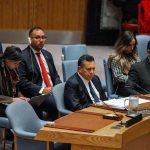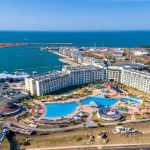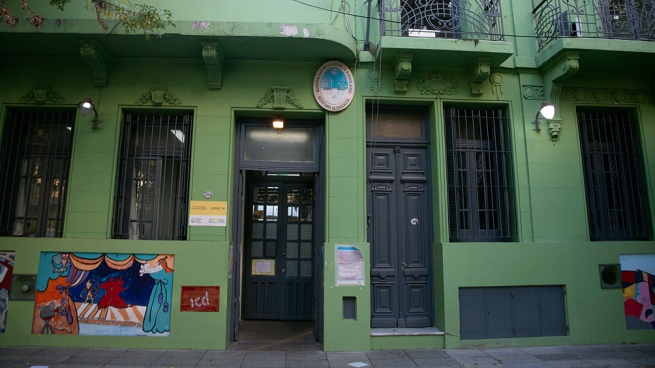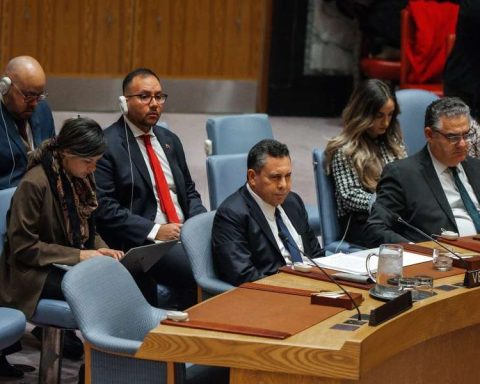July 7, 2022, 4:00 AM
July 7, 2022, 4:00 AM
For the second day yesterday, transporters maintained a blockade in Puerto Ibáñez, Cuatro Cañadas, Concepción, San Ramón, Roboré, San Julián and San Ignacio de Velasco, causing great losses for producers who must transport their products on the routes from Santa Cruz to Brazil, Beni and other regions. The heavy transport men demand that the director of the Bolivian Highway Administration (ABC), Henry Nina, resign, the construction of new routes and other aspects in a six-point statement.
On Tuesday a meeting was attempted between a government commission and the carriers, but very soon the dialogue broke down because they could not reach an agreement.
Then came the expansion of the blockade to new points and since then the transport of passengers who travel by bus has also been blocked, with which the damage extends to thousands of people who cannot travel to their places of destination.
Among the many things that the carriers are asking for, in addition to the resignation of the president of ABC, is the construction of the Cotoca-San Ramón double lane, construction of the Los Troncos-Okinawa route, resolution of the NGV pump projects in the municipality of Cuatro Cañadas and San Ignacio de Velasco, rejection and abrogation of Supreme Decree 4740 referring to the prohibition of tinted windows, the execution of the San Miguel, Cuatro Cañadas and San Matías highway project.
The carriers, in this case organized around the Chiquitania Interblock Organization and the San Julián Internal Transport Block, feel neglected in their demands and say they are not willing to lift the measures if the authorities do not give affirmative answers to their demands. orders.
Carriers from other municipalities in Santa Cruz joined this mobilization, so the blockade is dramatic in a large part of the department, especially on the road known as the bi-oceanic highway.
With these mobilizations, the department suffers again after just a few weeks when it was the intercultural ones who blocked the routes in protest against the Government; Shortly before, the coca growers had also blocked the highway between Cochabamba and Santa Cruz. And so, there is practically no month in which the passage of vehicles and passengers leaving or entering Santa Cruz is not forcibly obstructed.
The department has become, as we have been saying in this space for a long time, at the center of protests of all unimaginable natures. If in the past it was the streets of La Paz that experienced the daily ordeals of street blockades, marches and dynamite blows, today it is Santa Cruz, mainly its highways, the scene where political, sectoral or union disputes have taken place.
Whatever the reason, the effect is always the same: millionaire losses for the productive sectors and enormous damages for the people who need to move from one place to another for commercial or personal reasons.
The Government also absurdly contributes to making the relationship with the unions more conflictive, as in the case of the disputed decree that prohibits the use of tinted windows in vehicles, an unnecessary and detrimental measure for the safety of people, and that is now included in the list of demands that the Government will have to repeal and mark a new setback that it could very well have avoided.


















